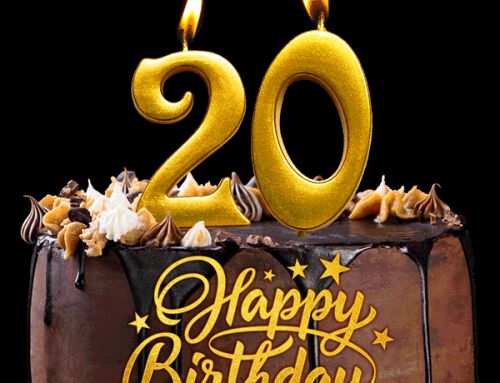L’Ecole No. 41 is one of Washington’s most influential wineries, having a longer history and reach than most wineries in the state. The winery not only promotes Walla Walla and Washington across the country and around the world, it also champions varieties many others do not, including Chenin Blanc, Semillon, and the more frequently seen Merlot.
L’Ecole’s commitment to Merlot dates back to the winery’s inception.
“Going back to the very, very, very beginning, [founders] Jean and Baker [Ferguson] decided to focus on Semillon and Merlot,” says their son-in-law Marty Clubb, who joined the winery in 1989 and is now owner and managing winemaker.
While Merlot would in time become synonymous with red wine in America, that was still a ways off.
“Back then, nobody had ever even really heard of Merlot,” Clubb says. “Everybody thought of wine as either Gallo Hearty Burgundy or a jug of Chablis, and I don’t mean real Chablis.”
Come the 1990s, Merlot was a star in the U.S., gracing the cover of national magazines, with L’Ecole benefitting handsomely from the attention given to the variety. Merlot even became L’Ecole’s most produced wine.
In retrospect, Clubb says it’s surprising how good the early Merlots were.
“The viticultural knowhow in the 80s and early 90s quite frankly was too big canopies, too much water, too much fruit, too big of berries, the clusters were too big, yet despite all that, the wines were good. They were!”
Clubb says the quality of Washington wine improved dramatically in the late 1990s, once growers became more focused on the modern grape growing techniques of canopy management, irrigation management, and yield management.
Initially, L’Ecole’s Merlot came from the wider Columbia Valley.
“Prior to 92-93, there was essentially no fruit in [Walla Walla] valley,” Clubb says. As additional acres were planted, L’Ecole subsequently added a Walla Walla Valley Merlot to its lineup in addition to its Columbia Valley Merlot.

The 2017 L’Ecole Columbia Valley Merlot was my
2020 Washington Merlot Challenge wine for June. It’s full of the fruit flavors that the variety is known for, but the real separator is the wine’s structure. There’s plenty of the tannin that Washington Merlots offer, but there is also an invigorating sense of acidity (Wine Enthusiast, 92 points, Editor’s Choice).
Clubb credits September temperatures for making 2017 a special vintage for Merlot. “That cool down just makes such a phenomenal difference for early ripening varieties like Merlot in terms of keeping a sense of freshness, better acidity, better balance.”
Impressively, I enjoyed this wine over the course of a week, and it only ramped up and maintained during that time, with impressive staying power that bodes well for its aging potential.
Almost 40 years since the winery opened its doors, L’Ecole’s commitment to Merlot remains strong, though Cabernet Sauvignon is now its most produced variety. As we all know, in the mid-2000s, Merlot’s fortunes turned in the U.S.
“In order to continue to sell Merlot competitively, you saw price constraints,” Clubb says. To wit, the winery’s 2017 Columbia Valley Merlot goes for a feels-like-stealing $25. “It was 30 bucks 20 years ago,” Clubb notes.
Still, Clubb says L’Ecole’s commitment to Merlot is unwavering.
“I have no intention of not doing Merlot. The quality of Merlot in Washington is fantastic.”
Picture of Marty Clubb by Richard Duval.
 The 2017 L’Ecole Columbia Valley Merlot was my 2020 Washington Merlot Challenge wine for June. It’s full of the fruit flavors that the variety is known for, but the real separator is the wine’s structure. There’s plenty of the tannin that Washington Merlots offer, but there is also an invigorating sense of acidity (Wine Enthusiast, 92 points, Editor’s Choice).
The 2017 L’Ecole Columbia Valley Merlot was my 2020 Washington Merlot Challenge wine for June. It’s full of the fruit flavors that the variety is known for, but the real separator is the wine’s structure. There’s plenty of the tannin that Washington Merlots offer, but there is also an invigorating sense of acidity (Wine Enthusiast, 92 points, Editor’s Choice). 







Leave A Comment